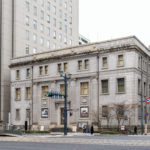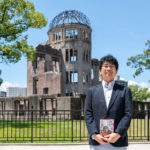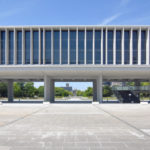“The Sense of Duty and Mutual Trust with the Citizens during the Reconstruction of Hiroshima” Hiroshima Bank Archive Room, “Memory Vault Museum”
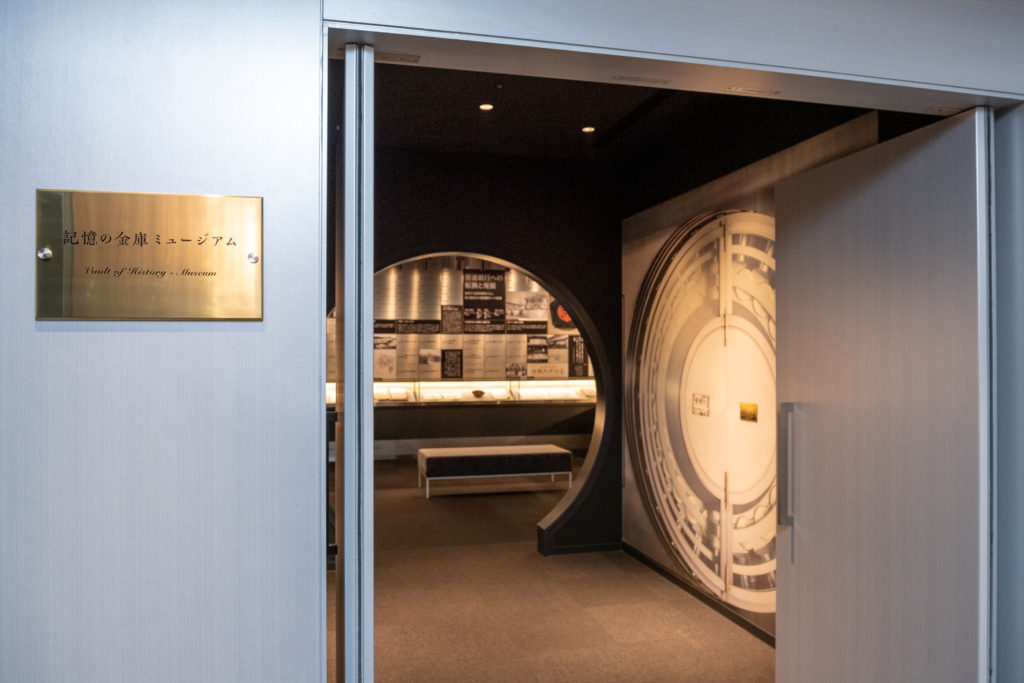
When the atomic bomb was dropped on Hiroshima on August 6, 1945, the former head office of Geibi Bank, the predecessor of Hiroshima Bank, located about 260 meters east of the hypocenter, was instantly charred black. In May 2021, a new building, the third generation built on the same site, was completed. Inside the building is the “Memory Vault Museum,” a historical archive room with materials showing how the bank developed through overcoming hardships together with the people of the region. While touring the archive room, we heard Hirogin Group’s thoughts on Hiroshima.
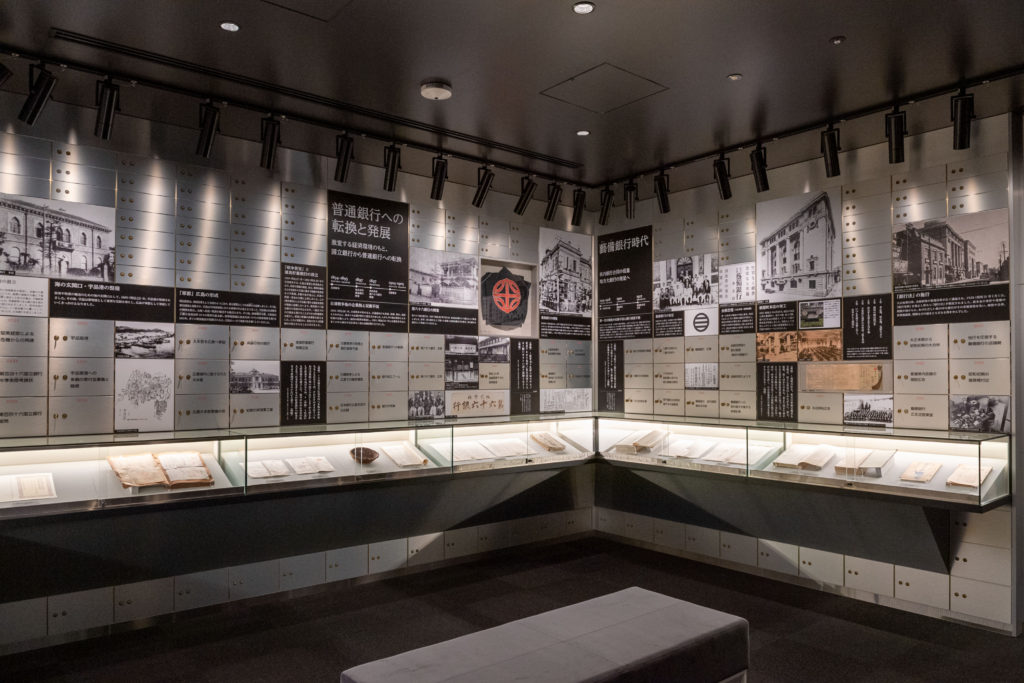
Hiroshima Bank was founded in 1878, and its over 140 year long history is told in the approximately 9,000 documents that had been previously stored in the Hiroshima Prefectural Archives. A total of 171 items are on display in the archive room, including items returned for the establishment of the new building and items collected from former employees. The photographs, written records, and other items on display show the path taken by Hiroshima Bank, from its founding as a national bank, to its conversion to an ordinary bank in response to changes in the economic environment, to the change from Geibi Bank to Hiroshima Bank, and finally to the establishment of Hirogin Holdings, its current form.

In the center of the archive room is a photo panel showing the area around Hondori, the main street in ruins immediately after the atomic bombing. According to the description, “Out of the approximately 450 people working at the Geibi Bank head office at the time, 144 were killed and most of those who survived were injured. Eight branches, including the head office, were fully burned, and three others were half-burned.”

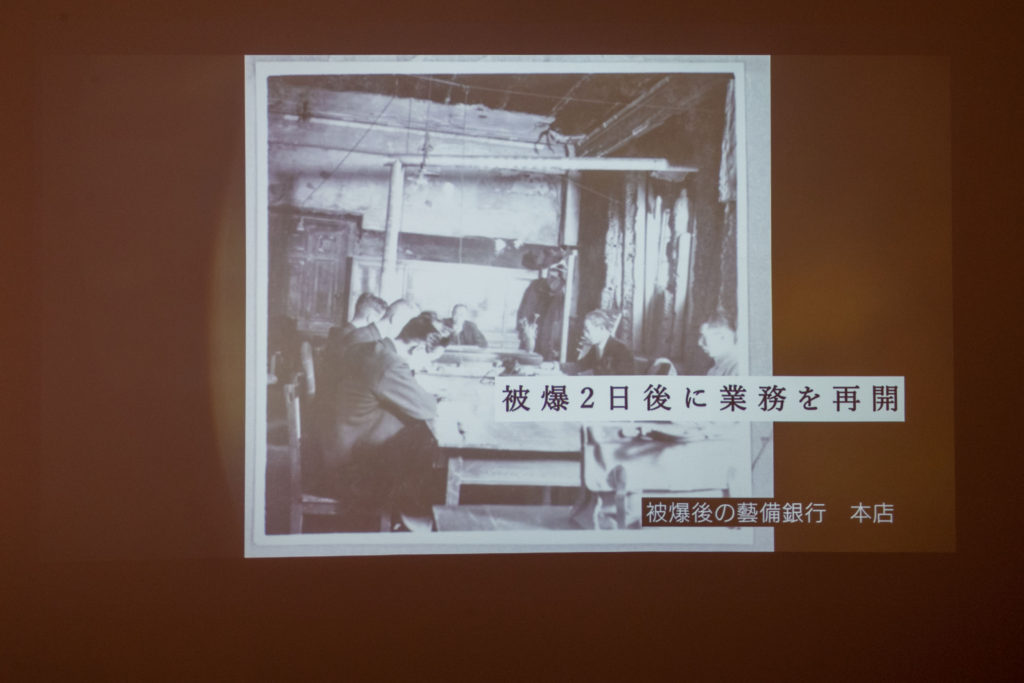
Even though it seemed impossible to continue doing business, on August 8, two days after the atomic bombing, Geibi Bank rented a business office from Bank of Japan and resumed operations. In the midst of extreme shortage of labor, food, and supplies, they used beer boxes that had survived the bombing as desks and chairs to carry out operations. There are photo panels showing employees working in bloody shirts and showing the damage caused by the atomic bombing, as well as stories such as: “Even though we didn’t have bankbooks or personal seals, we trusted depositors and used only their thumbprints to pay deposits and fire insurance benefits,” and “An employee who was hurt and didn’t think he was going to survive reported all the information he could remember, including deposit balances and cash holdings, before passing away.”
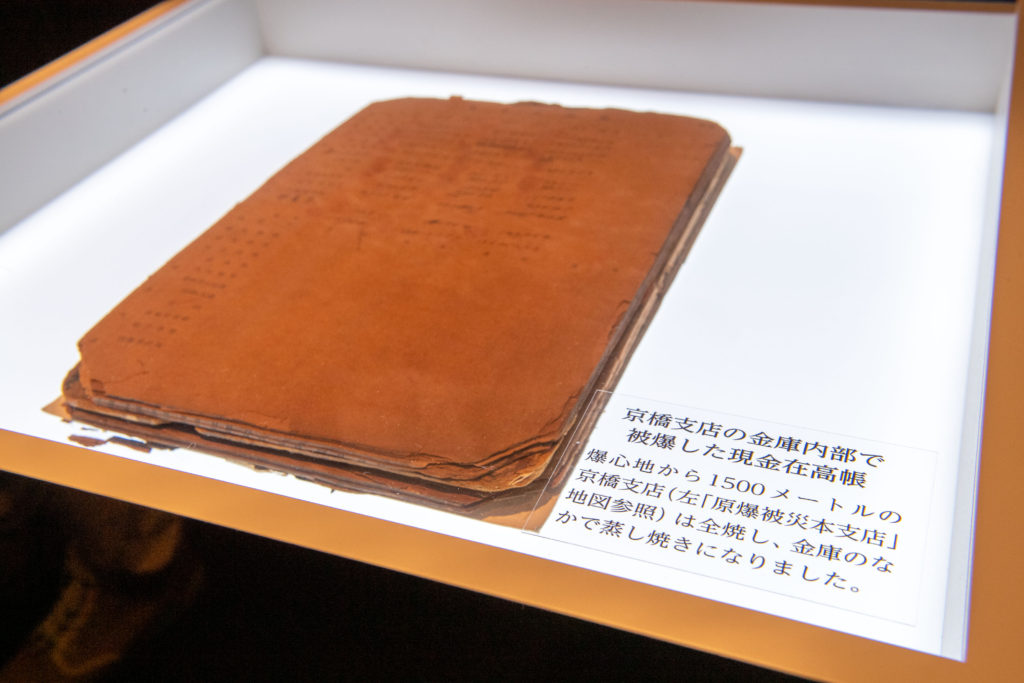
In the “Reconstruction and Recovery from the Atomic Bombing” area, there is a faded booklet in a glass case. It was a record of cash holdings that had been baked by the heat in the vault of the Kyobashi branch, located 1,500 meters from the hypocenter. The mementos left behind tell the story of a reality that cannot be ignored or denied.
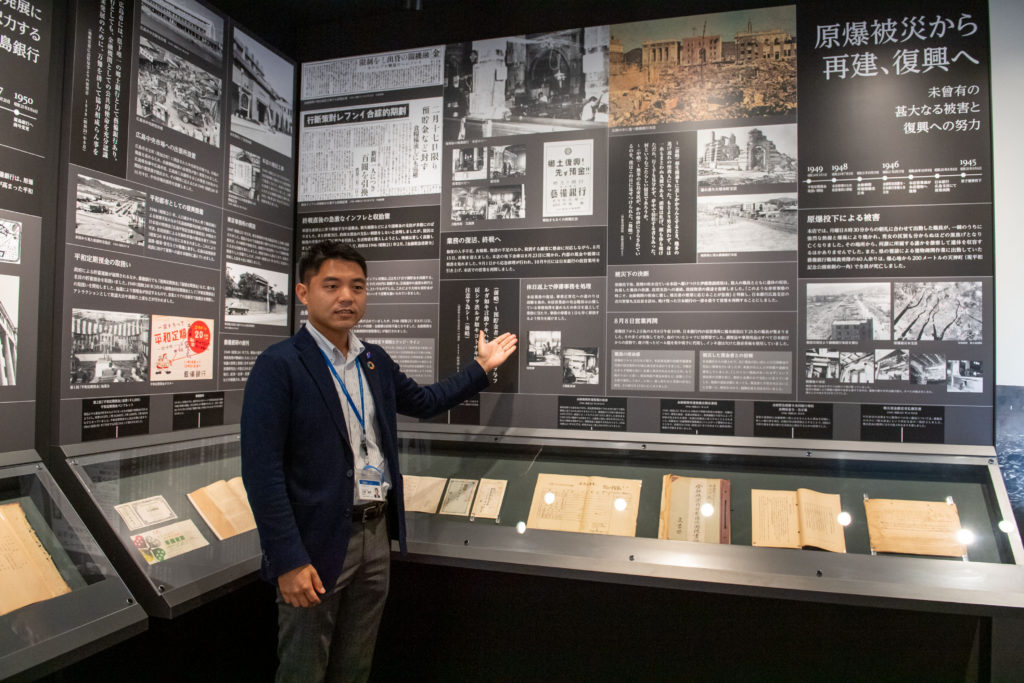
After seeing these materials, Inami Yusuke, a member of the Corporate Planning Department of Hirogin Holdings, which has been involved with the archive room from the start, said, “I was struck by the sense of duty of the employees who, despite also being victims, maintained a trusting relationship with the citizens of Hiroshima, and fulfilled their responsibilities with hope for the reconstruction of Hiroshima.”
A bombed-out pillar head from the former Geibi Bank head office and a cenotaph for the deceased are also exhibited in the open garden outside the first floor of the new building.
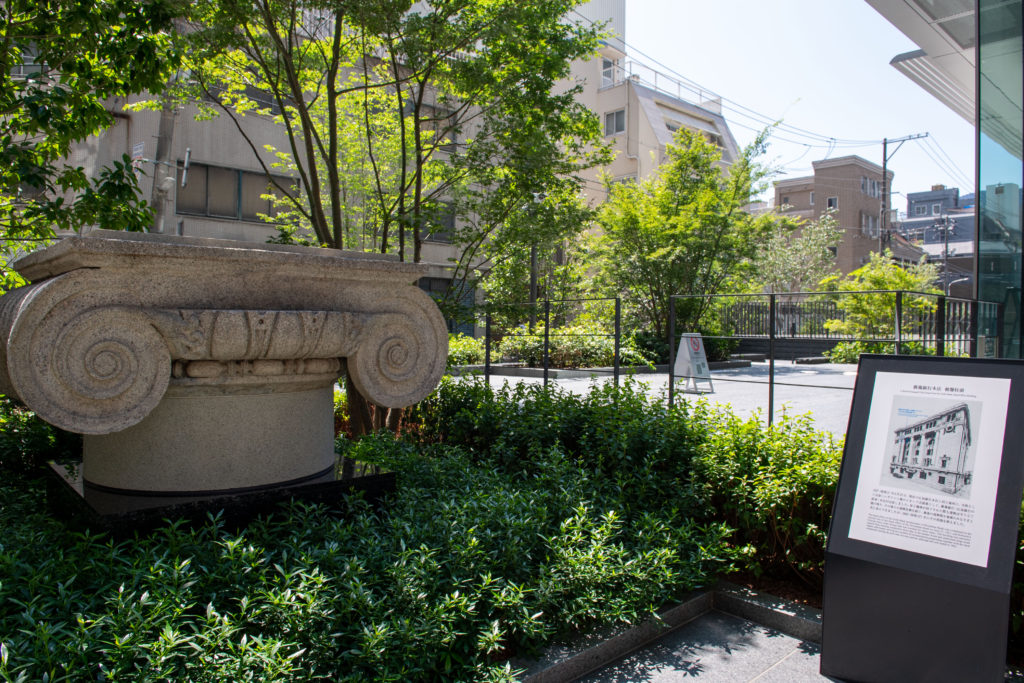
Completed in 1927 in the Greek Ionic style, which was rare at the time, the Geibi Bank head office was barely left standing after the atomic bombing. Afterwards, the building underwent major renovations, and was used to support the postwar reconstruction of Hiroshima until 1962. The pillar head displayed in the open garden comes from the decoration of one of four pillars placed in the front of the building.

The cenotaph was built in 1969 and was previously located on the roof of the head office, meaning only employees could see it, but now that it has been relocated, anyone can visit it, and people passing by can access it freely.
Every year on August 6, the staff pay a visit to the cenotaph and offer flowers.
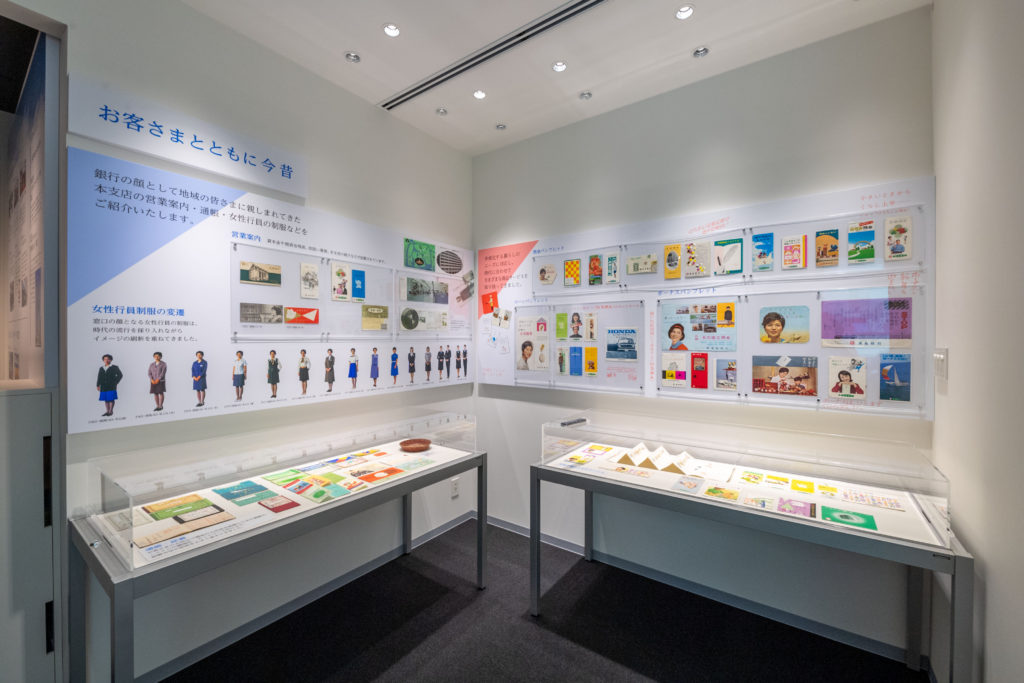
In the archive room, you can clearly see how much of the history of Hiroshima Bank overlaps with the history of the reconstruction of Hiroshima after the atomic bombing. Also on display are the Bank’s past bankbooks and merchandise, explanations of the changes in the bank’s image models and characters, as well as video content, evoking a sense of nostalgia and making you realize how closely involved the bank has been in our daily lives.
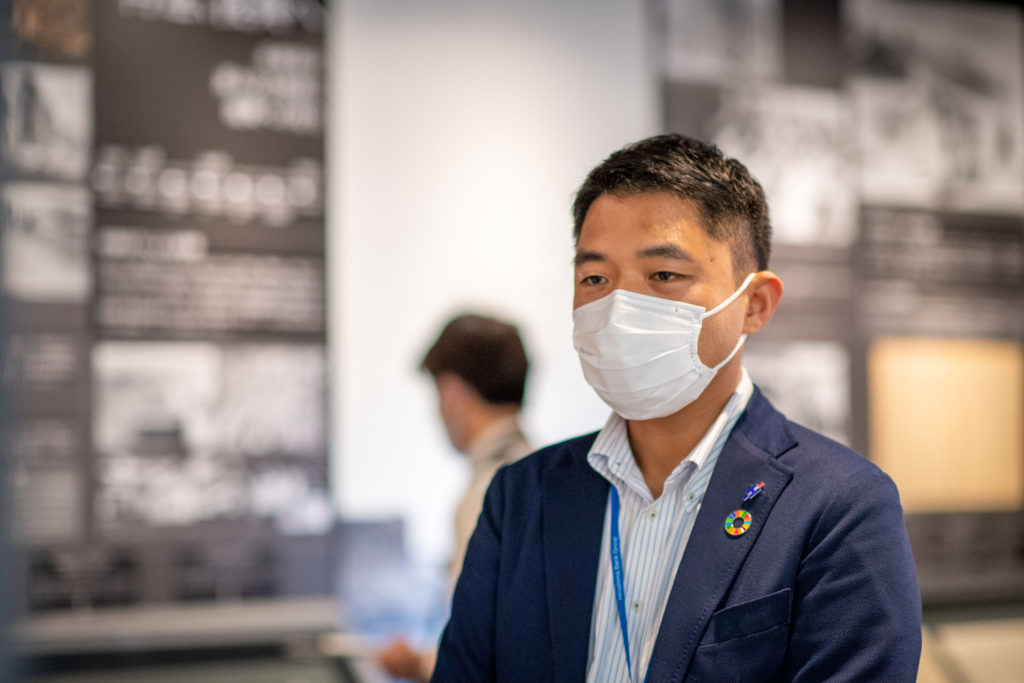
The Corporate Planning Department of Hirogin Holdings told us, “As a Hiroshima-based company, we believe that we have a duty to tell the story of Hiroshima. We hope that the archive room, the bombed-out pillar head, and the cenotaph will serve as an opportunity to consider peace. We would also like to use it as a place for new employees to learn about the history of our company.”
Currently, the archive room is not open to the public, but it will be made open on a limited basis during events organized by Hirogin Holdings and during the general meeting of shareholders. If you can find an opportunity, please come visit this new location promoting peace.
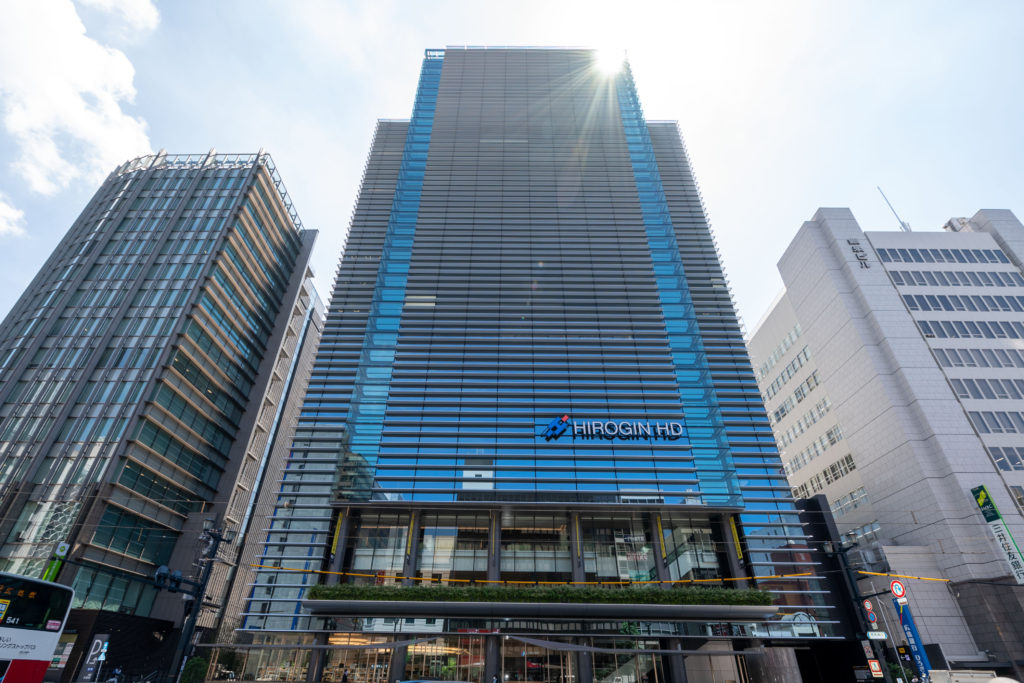
Hirogin Holdings Head Office
1-3-8, Kamiya-cho, Naka-ku, Hiroshima City
Tags associated with this article



